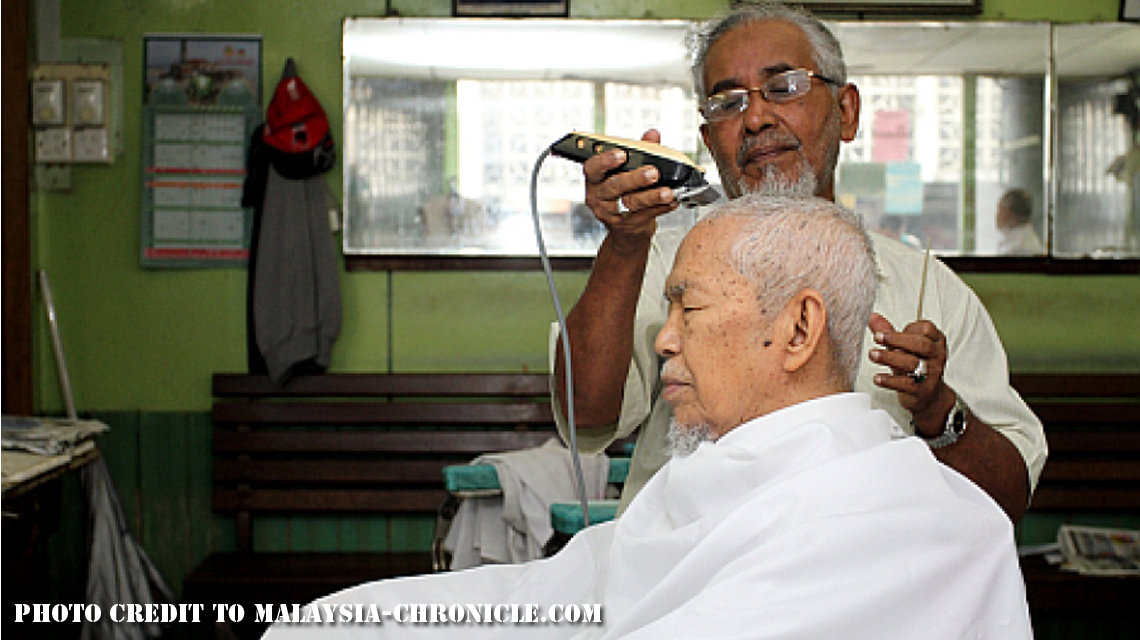How did Malaysia and Japan’s relationship heal after WW2?
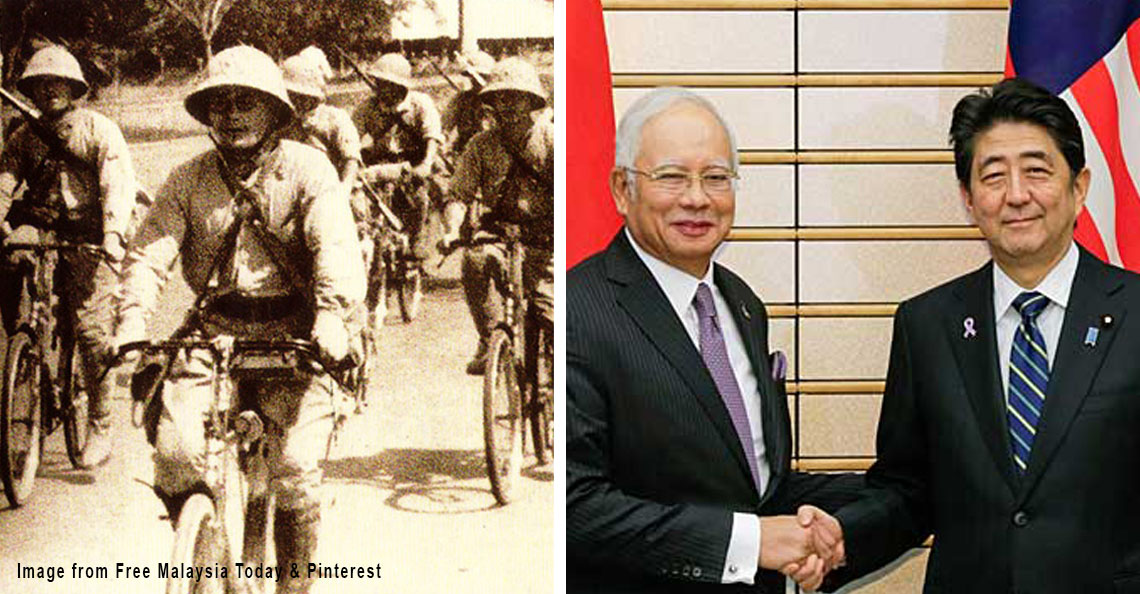
- 712Shares
- Facebook631
- Twitter13
- LinkedIn12
- Email13
- WhatsApp43
If you hadn’t been alive during the Japanese occupation period, between 1941-1945, you’ve probably heard your parents’ and grandparents’ stories of all the gruesome tortures that happened, and how everyone got by during the occupation.
But today, Malaysia and Japan actually have quite a close bilateral relationship, diplomatically, culturally, and economically. Recently, Japan sent a military adviser to visit KL, as part of a bigger move to maintain good diplomatic relations with Malaysia and other ASEAN countries (in light of China’s more aggressive moves into the South China Sea).
Our countries have become so close that in April last year, the Crown Prince Naruhito of Japan, paid a 5 day visit to Malaysia. Though this was the Crown Prince’s first official visit to Malaysia, many other Malaysian and Japanese officials have been paying visits to each other’s country almost every year.

But have you ever wondered how Malaysia went from being tortured during the Japanese occupation to being BFFs? Well, CILISOS wanted to get to the bottom of this 180 degree flip from sworn enemies to BFFs, so we went out to a couple of libraries to do some research (books – 1, Google – 0) and managed to piece together the story of how Malaysia and Japan re-established ties, so sit back, relax and enjoy the tale…
In a way, China actually helped bring Malaysia and Japan back together
It was after the time China became a communist country, and the US didn’t want communism to spread so they put Japan in charge of containing communism in the Asian region. Of course, that meant Japan had to re-establish ties with every Asian country they had occupied and naturally, they didn’t really want to. (#paiseh maybe)

At that time, Japan’s PM, Shigeru Yoshida, didn’t really wanna reform ties with the Asian countries because he really liked the Western countries and kinda looked down on the Eastern countries. Fortunately, when PM Nobusuke Kishi began his run in September 1957, he saw that on top of the need to contain communism, Japan really needed natural resources from Asian countries, so he reached out.

Similarly, on Malaya’s side, our first PM, Tunku Abdul Rahman, had personal doubts about getting back together with Japan because of his love for the British (he wanted Malaya to be more like the ang mohs). But then he realised that now that Malaya had achieved independence, Japan was going to be extremely important for Malaya’s future and development so he put the country’s needs above his own doubts and decided to accept Japan again.
After our independence, Japan apologised to Malaysia, and we accepted it
Just after our independence, PM Kishi paid a visit to Malaya and personally apologized to the Sultan of Selangor, who at that time was the Deputy Yang di-Pertuan Agong.
The apology was very nice of them but what our PM announced around the time of PM Kishi’s visit to Malaya was also really beautiful:
“Our policy, then and now, is to be at peace with the world, so when Mr. Kishi expressed a wish to come to Malaya, I naturally welcomed the idea. I believe that the past should not dictate the present and future. If you cannot forget, you can still forgive. Let bygones be bygones is the best path to peace.” – Tunku Abdul Rahman
Tunku Abdul Rahman’s forgiving and optimistic nature without a doubt made an impact on the progress and growth of Malaya.
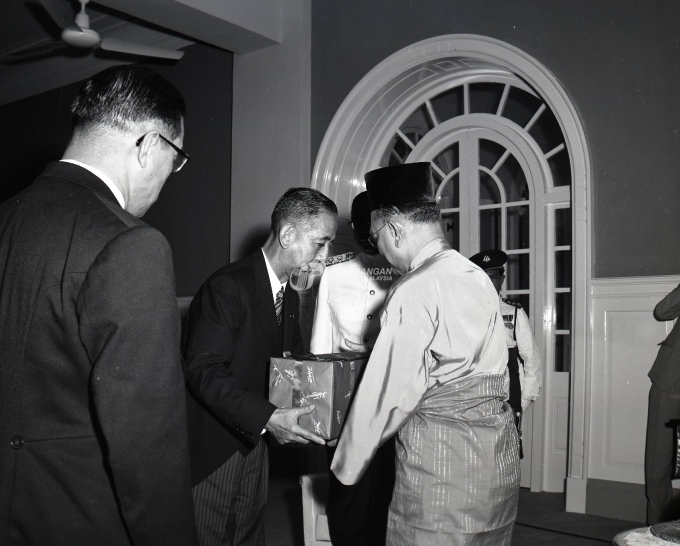
Our PM then returned the gesture and visited Japan the year after. Both of them then released a joint statement at the end of his trip to Japan, saying:
“… lawatan ini yang menyusul selepas lawatan Perdana Menteri Kishi ke Kuala Lumpur memberikan peluang kepada kedua-dua pihak menjalin hubungan peribadi antara mereka. Hubungan ini membolehkan mereka bertukar-tukar pandangan secara lebih rapat dan dapat mempertingkatkan kerjasama antara mereja.”
which roughly means, “…this trip that followed PM Kishi’s trip to KL gave both parties a chance to form a personal relationship with each other. This relationship allows us to exchange our views and heighten our cooperation.”
These two trips marked the beginning of a much closer and friendlier relationship between the two countries.
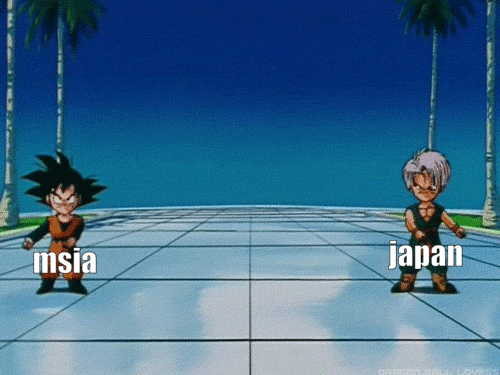
In the 1960’s, Japan offered us money to compensate for the damage done during the war, but we didn’t want it
War reparations – or ‘blood debt’ – that Japan owed Malaysia were settled pretty easily compared to other countries in around the 1960’s.
That means we didn’t keep kacauing Japan for the money. We also didn’t demand like a super huge amount, like Indonesia (288 billion¥), and Burma (151 billion¥). In fact, Malaysia (or, most of Malaysia) didn’t particularly want compensation.
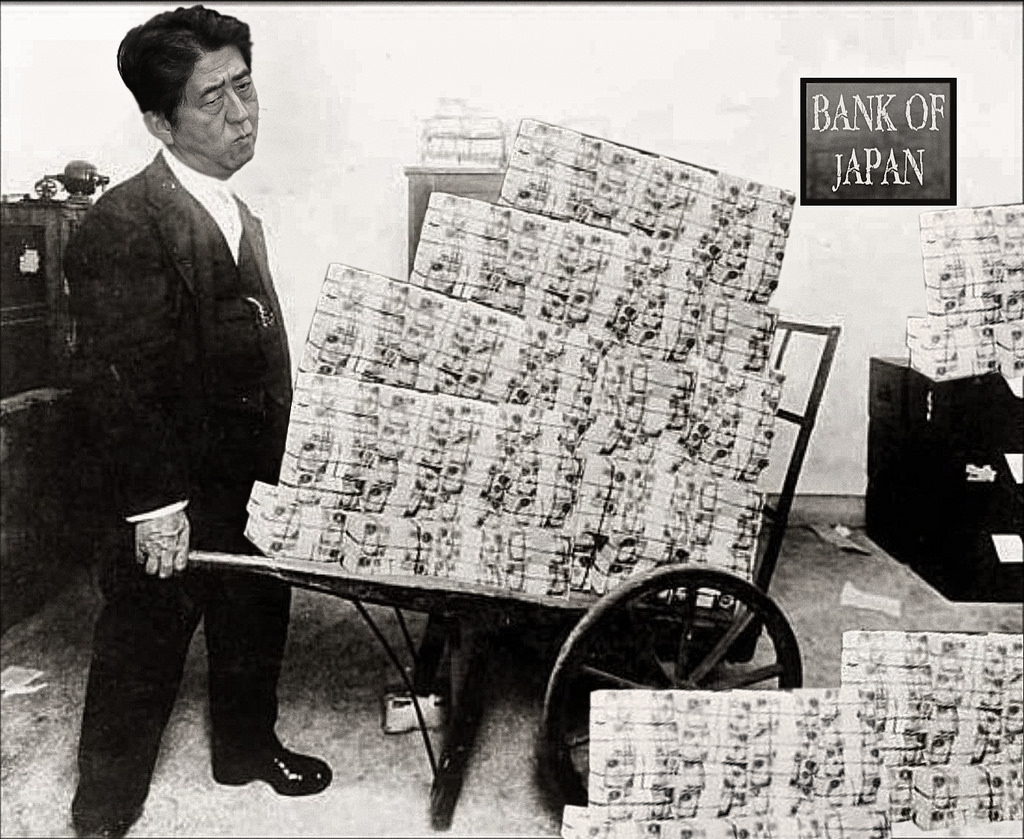
At first, the Chinese Chambers of Commerce wanted Japan to pay 50 million MYR for MURDER (during the war, the Chinese got the worst of the torture so it was natural for them to be the most hostile party). They basically still kinda hated the Japanese and really wanted them to pay for what they had done.

The thing is, Tunku Abdul Rahman just wanted to maintain the close relationship Malaysia had already re-established with Japan and he knew that money couldn’t make up for the lost lives so it wasn’t thaaaat important. Like he said, “Let bygones be bygones.”
Also, he felt that Japan’s technological and economical services would be more useful than just cash.
However, Japan was very sorry and was still willing to pay as a sign of reconciliation. In the mid 1960’s, Malaysia and Japan came to an agreement that a payment of 25 million MYR (2.9 billion ¥) in cash would be made as goodwill payment, and another 25 million MYR (2.9 billion ¥) would be given in the form of services.

It took about 4 years for the whole issue to be settled but it went really smoothly, and Japan and Malaysia managed to maintain their good relationship.
Unfortunately, Japan got a bit dominative again in the 70’s and Malaysia got scared, so Japan tried to fix things
In the 1970s, Japan’s rapid economic growth and development in Malaysia started to look “dominating” and “exploitative,” so we started to hate Japan again as it was a reminder of the scary war days. During that time, Japanese businessmen in Malaysia also seemed very unfriendly, rude and uninterested in socializing with the locals. They seemed to look down on the locals as well.

Economically, Japan also seemed to be taking more than they were giving back, as described as:
“… memberi melalui tangan kanan tetapi mengambilnya semula melalui tangan kiri”
which in context, basically meant that Japan was loaning money to Malaysia for local development projects, but Malaysia also owed Japan money for other services, so in a way Japan was lending Malaysia money, but only ended up getting it back anyway.
Fortunately, Japan realised they were being threatening and decided to set up some exchange and training programs in Malaysia as a way of giving back more.
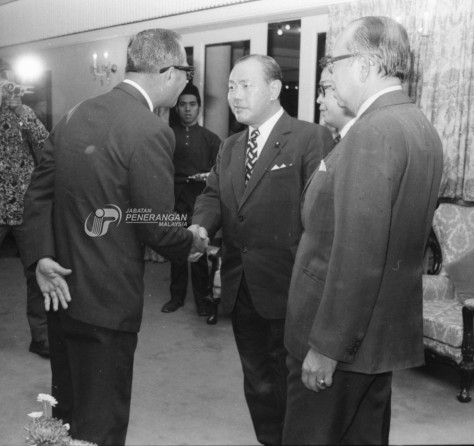
On top of that, Tun Abdul Razak (who became PM in 1971), voiced his concerns to Japan’s PM at that time, Kakuei Tanaka, and reminded them that they should help with other countries’ wellbeing, and not just focus on their own.
At a Japan-ASEAN forum, he also brought up the issue of Japan’s synthetic rubber production which was hurting Malaysia’s (and other SEA countries’) natural rubber industries. It took a while for Japan to decide to tone down their synthetic rubber exports but they eventually gave in.
From then on, things went quite smoothly between Malaysia and Japan.
When Tun Dr. Mahathir became PM, he encouraged Malaysia to be more like Japan, which further tightened the relationship and led to great things
Compared to the first few PMs who still preferred the British, Tun Dr. Mahathir admired the Japanese more and wanted Malaysia to be more like Japan in terms of personal principles and behaviours, such as being more hardworking, loyal and cooperative.
To achieve that, he implemented a new policy called the Look East Policy which encouraged Malaysians to “look to the Eastern countries” and learn from their behaviour. Of course, when Tun Dr. Mahathir named it “Look East,” he really meant “Look At Japan,” but he probably generalized it so it wouldn’t seem so stalkery. ?

The Look East Policy turned out to be quite a success and it also strengthened the bond between the two countries.
For some of the older generation who were around during the occupation period, they still might have some pent up feelings of resentment towards the Japanese, while others have managed to move on and look at Japan in a new light. Like for instance, Cilisos’ chief editor’s grandfather really hated Japanese food and it was understandable because of all the hardships that happened, but then it all changed when he tried sashimi:
“For the longest time, my gong-gong was very much against eating Japanese food, but one thing he really did like was buffets; his appetite really held up despite his old age…. A few years before he died, he tried sashimi at a buffet we took him to, and he loved it and started requesting sashimi at every meal. ” – Chak, Chief Editor of Cilisos
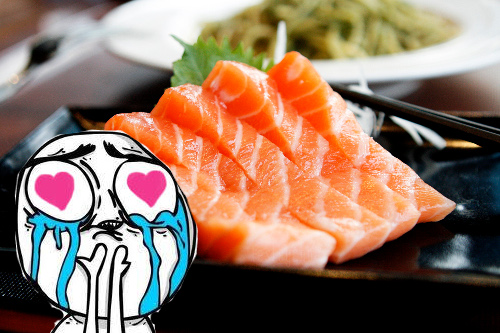
On the other hand, the younger generations who did not live through WW2 have been introduced to Japan in a different way and for the most part, we all love Japan. I mean, sushi, Pokémon, ramen, anime, Ajinomoto… What’s not to love, right?
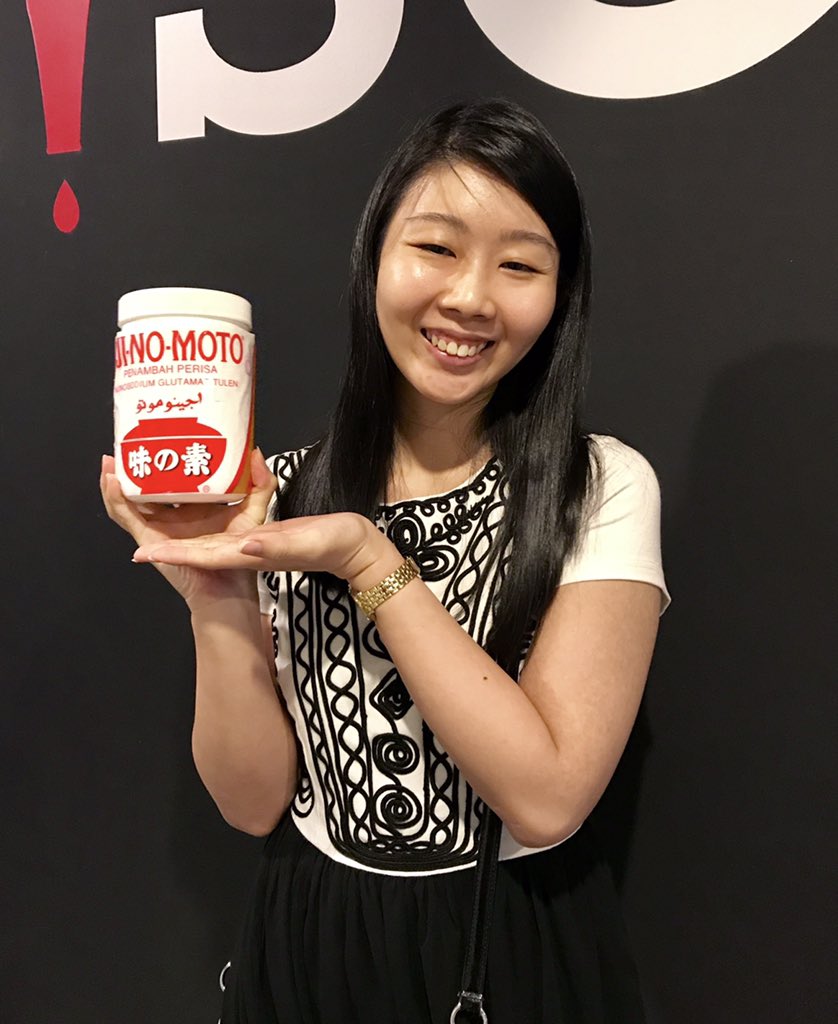
Last year, we celebrated our 60th anniversary of diplomatic ties
Thanks to us, the Japanese have Nasi Lemak, BONIA, and Old Town White Coffee. But together, we’ve also created great things like Proton, and (one of) the Petronas Twin Towers! Malaysia is also Japan’s 4th largest trading partner, with total goods worth over RM120 billion. The Malaysia-Japan Economic Partnership Agreement (MJEPA) signed in 2005 even made 97% of goods traded between us tariff-free!
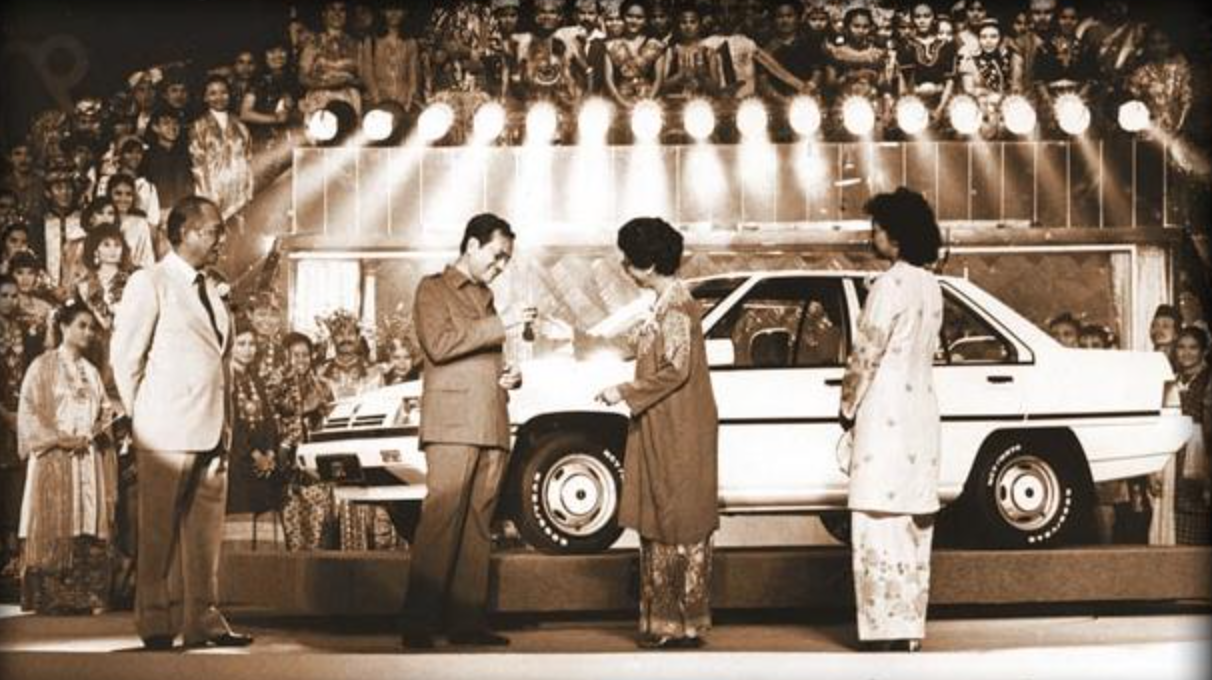
Last year marked the 60th anniversary of diplomatic ties between Malaysia and Japan. Awww… how sweet. To put that into perspective, that’s since our independence in 1957. So in the end, not only did Malaysia and Japan’s reconciliation bring us a lot of new food and culture, it also helped bring Malaysia to where we are today.
Additional writing by Triona Law
- 712Shares
- Facebook631
- Twitter13
- LinkedIn12
- Email13
- WhatsApp43



